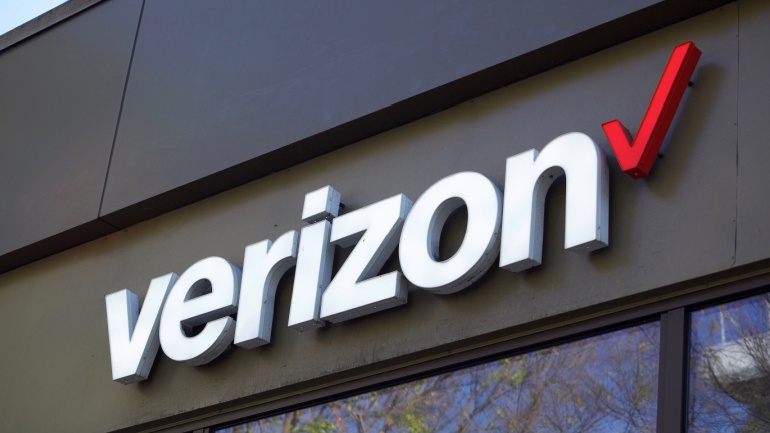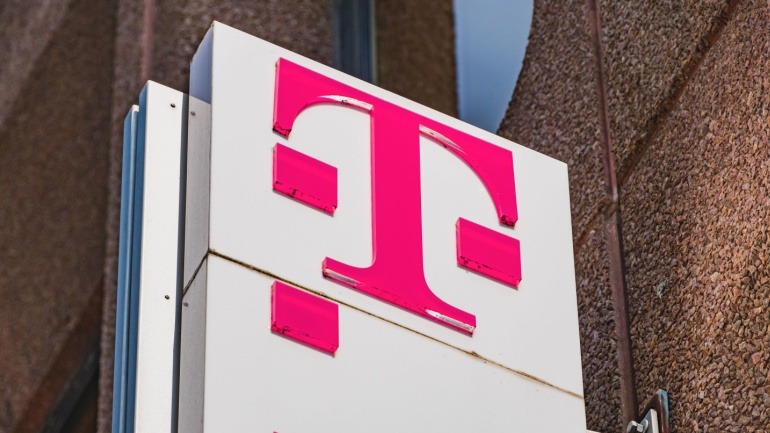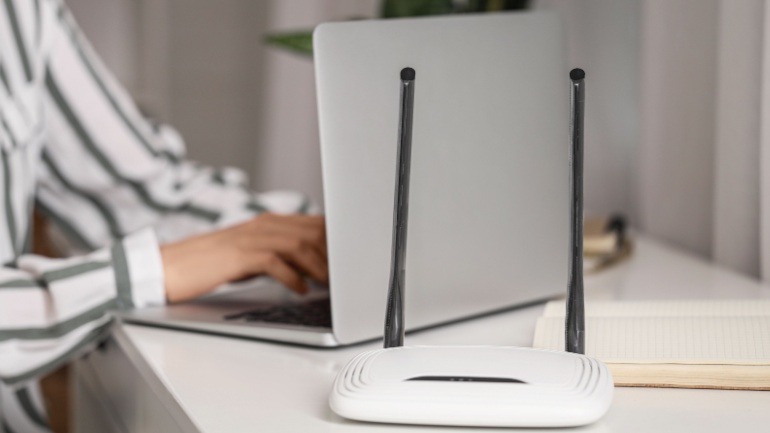Brightspeed is revolutionizing fiber broadband with its milestone of 1.82 million locations enabled with fiber connection, surpassing its 2024 target. This expansion boosts high-speed internet availability for homes and businesses in over 160 areas.
Verizon Business is revolutionizing communication infrastructure at multiple US Air Force bases, enhancing 4G and 5G networks. This strategic initiative not only boosts connectivity but also showcases Verizon’s commitment to network solutions within military operations.
Telstra and Starlink are pioneering Satellite-to-Mobile text messaging in Australia. Through leveraging satellite technology, this partnership aims to address mobile coverage limitations in remote areas.
Verizon’s recent 5G trial, in collaboration with Samsung and MediaTek, showcased download speeds of 5.5 Gbps using advanced carrier aggregation. This breakthrough highlights the potential of 5G technology for enhances solutions.
Deutsche Telekom’s strategic move to merge national and international wholesale operations into T Wholesale aims to meet growing global demand for telecom solutions. This unification enhances service offerings, providing a comprehensive portfolio including IPX, fiber optics, and cutting-edge 5G solutions.
MasOrange and Vodafone Spain have joined forces to create FiberCo, set to become the largest fiber network company in Europe. This joint fiber venture aims to significantly expand Spain’s FTTH network.
The UK government has awarded £289 million in Project Gigabit contracts to Openreach, boosting rural broadband access for 131,000 remote homes and businesses. This investment supports fibre-to-the-home networks in underserved areas, enhancing digital opportunities and promoting equity.
Italy is in talks with SpaceX for a €1.5 billion contract aimed at enhancing national telecom security. The deal incorporates encrypted communications and Starlink’s integration to boost connectivity, especially in underserved areas.
Telefonica’s 5G network now covers over 90% of Spain’s population. The expansion, particularly in the 3.5 GHz and 700 MHz bands, ensures widespread, reliable connectivity. This progress not only enhances consumer experiences but also fuels industrial innovation.
Amazon is set to disrupt the UK’s satellite broadband market with Project Kuiper, aiming to rival Starlink’s dominance. By deploying over 3,200 satellites targeting underserved areas, Amazon seeks to revolutionize connectivity.













